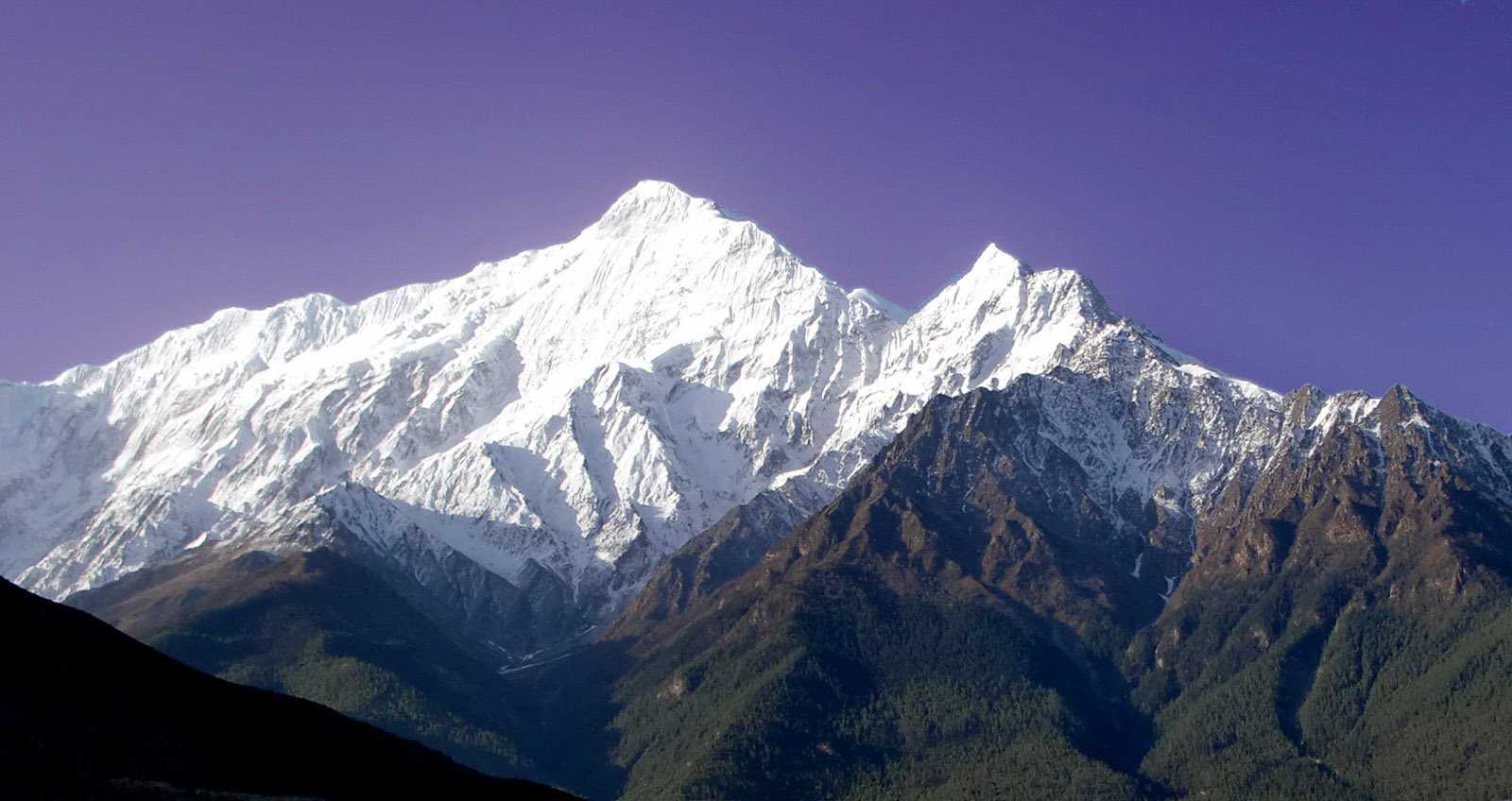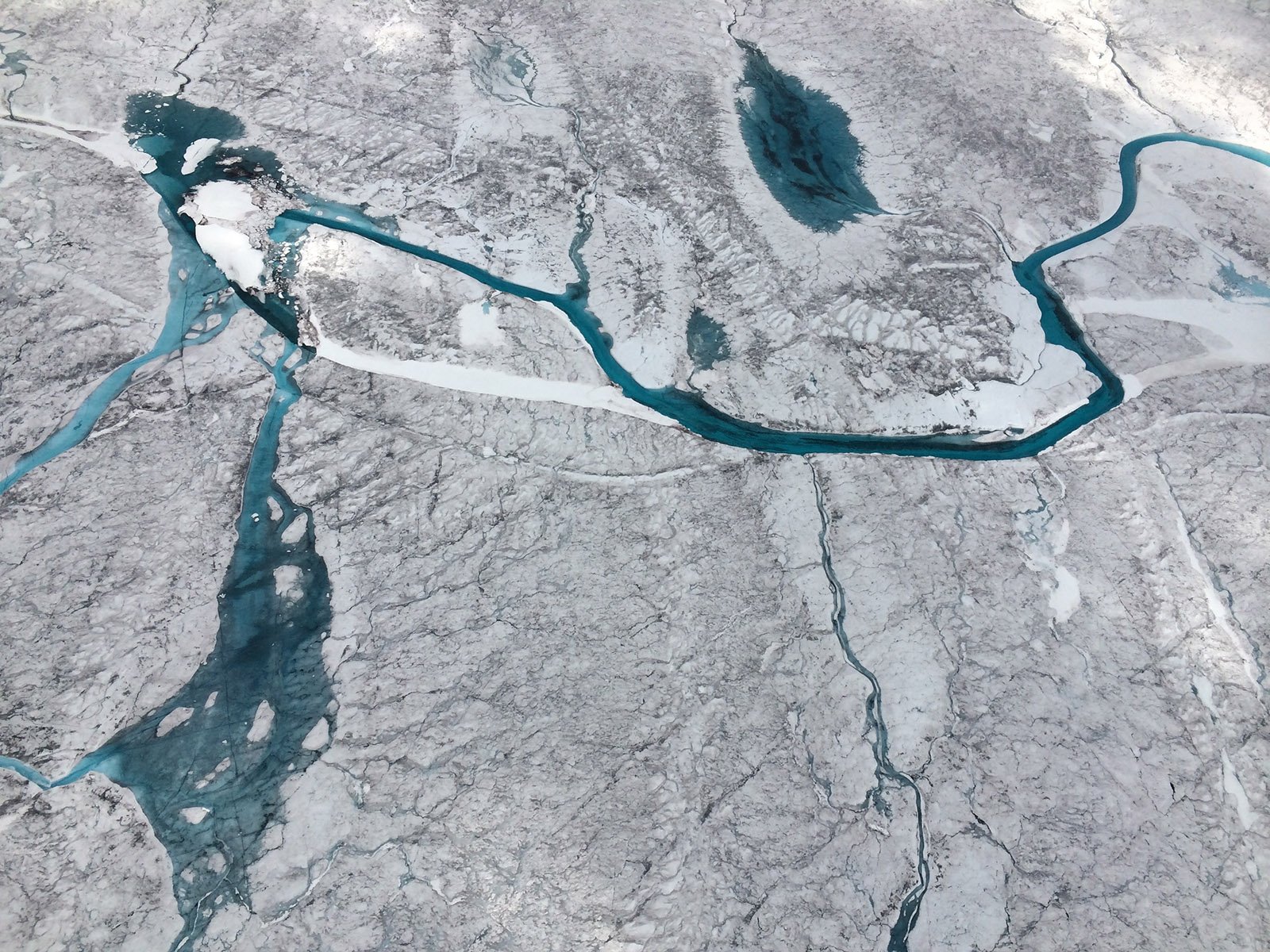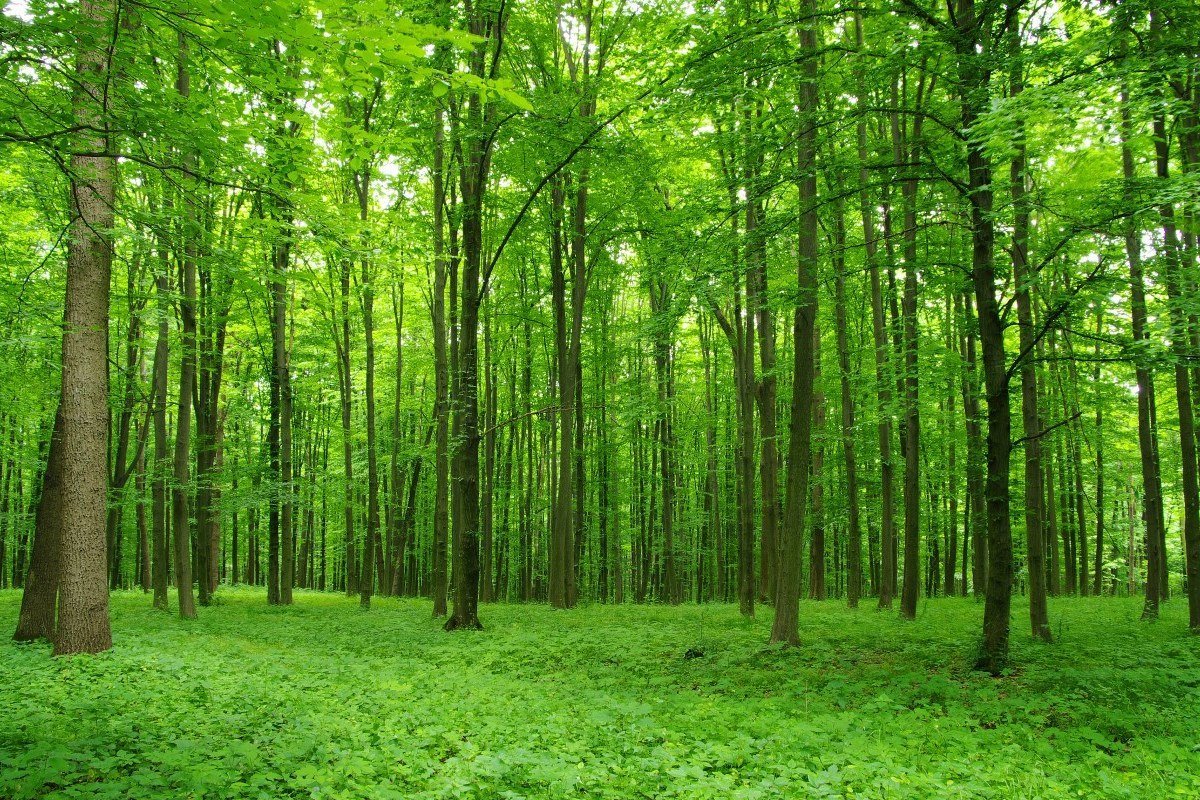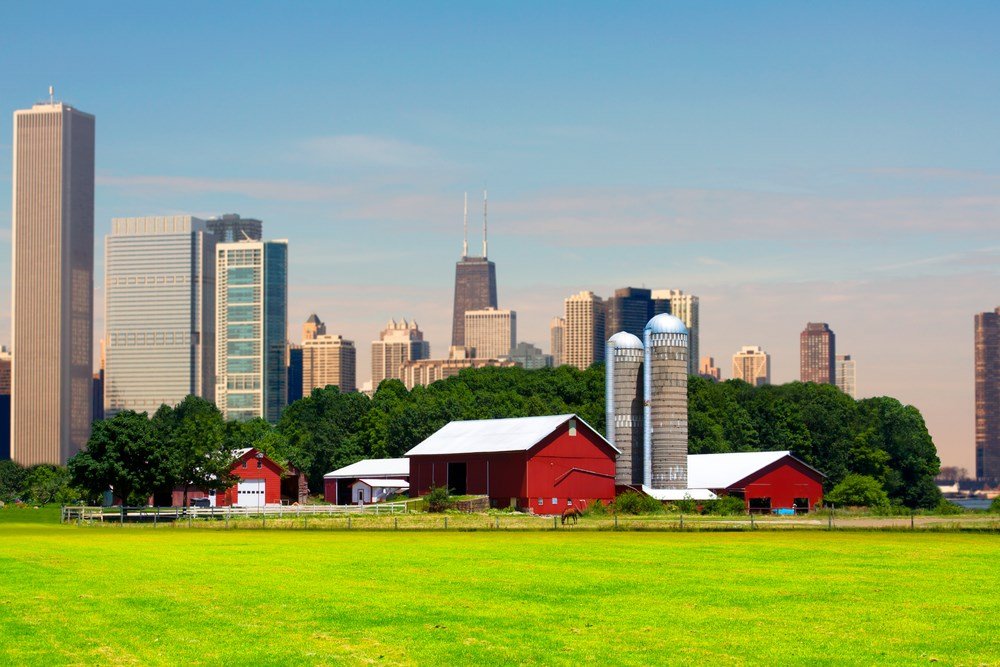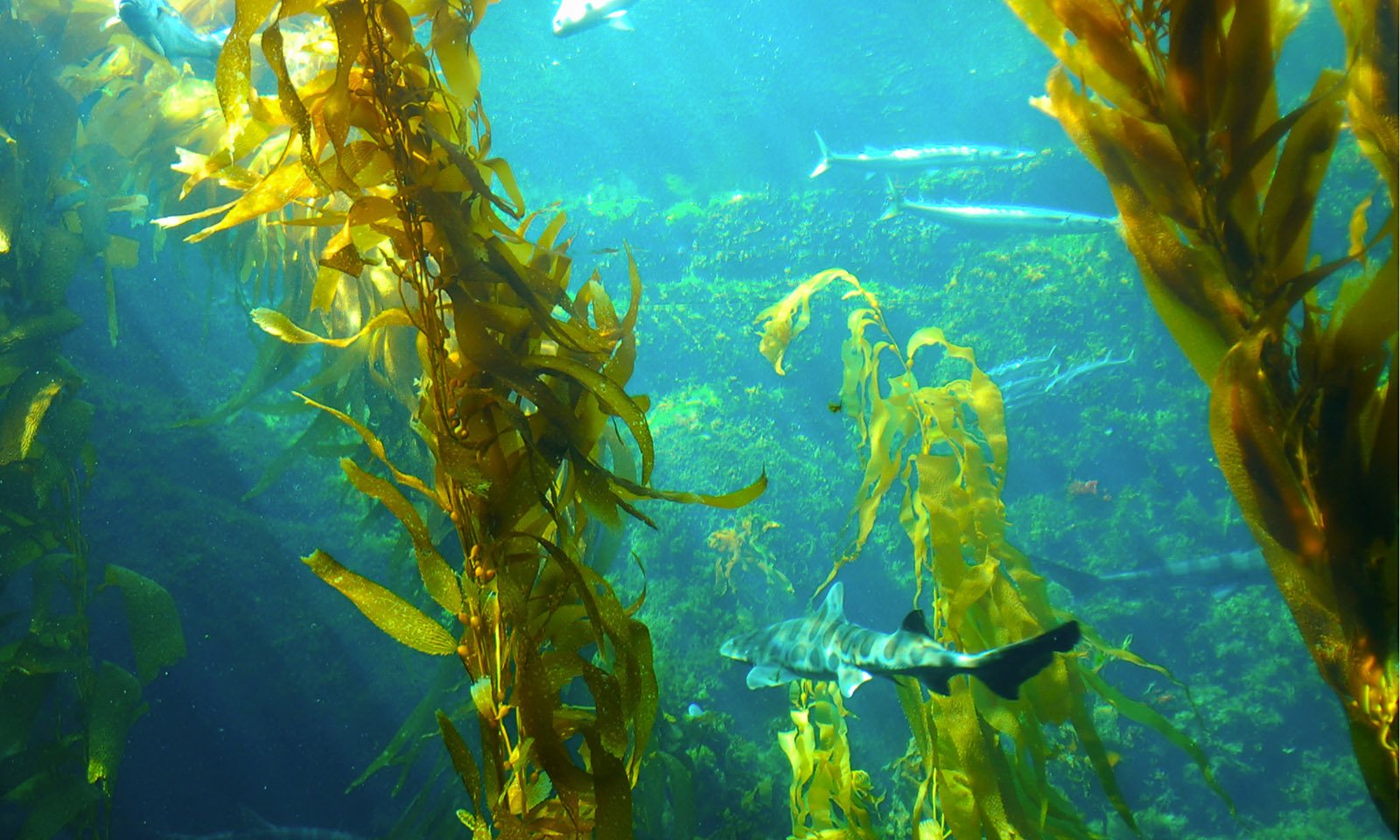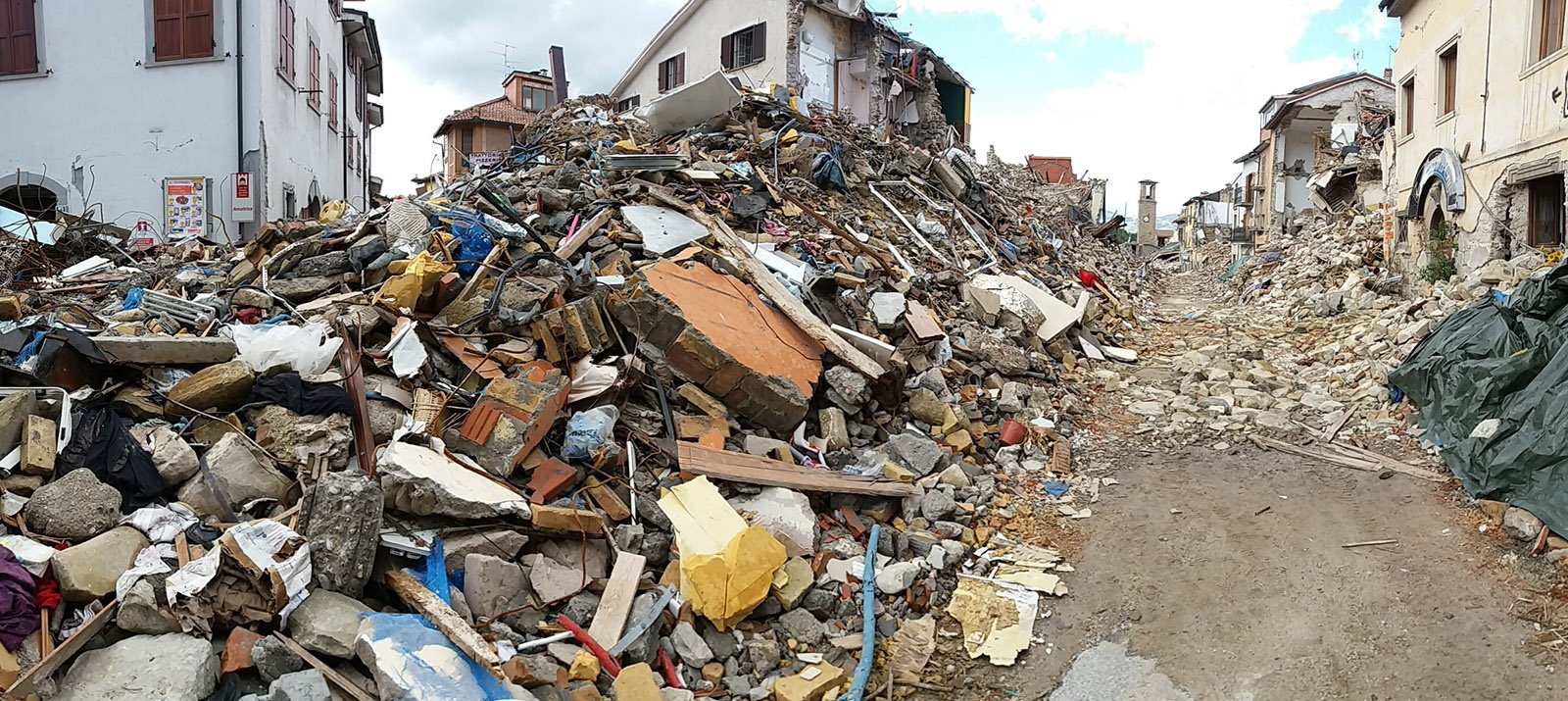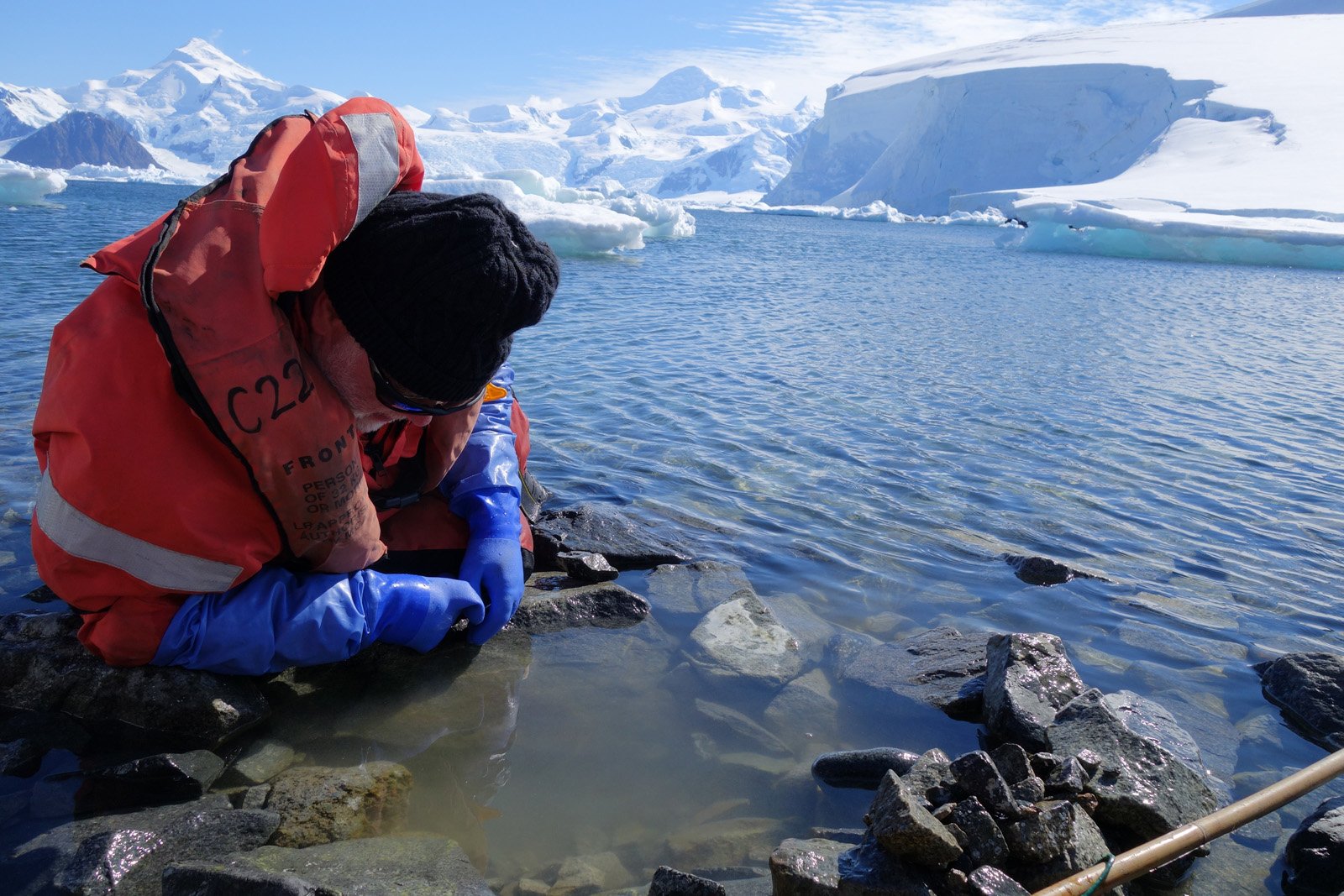Study reveals key factor in Himalayan earthquake rupture
The Himalayan orogenic belt produces frequent large earthquakes that impact population centers for a distance of over 2500 km. In the central region, the 2015 Gorkha earthquake in Nepal, with moment magnitude (MW) 7.8, partially ruptured a ~120-km by 80-km patch of the Main Himalayan Thrust (MHT), the detachment that separates the underthrusting Indian plate … Read more
